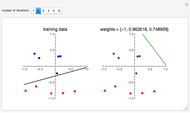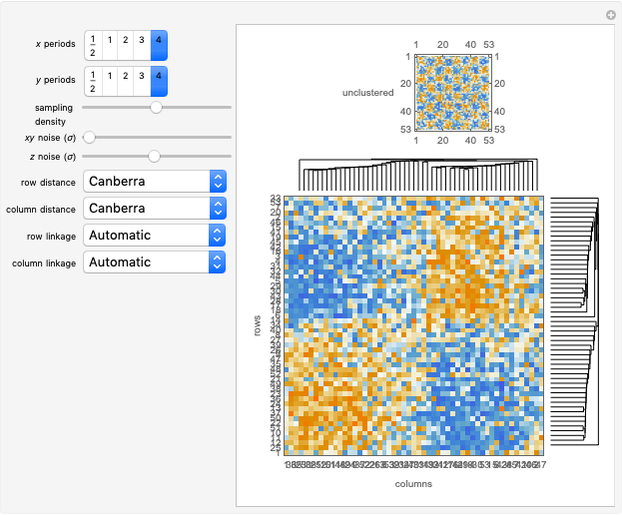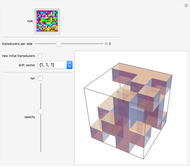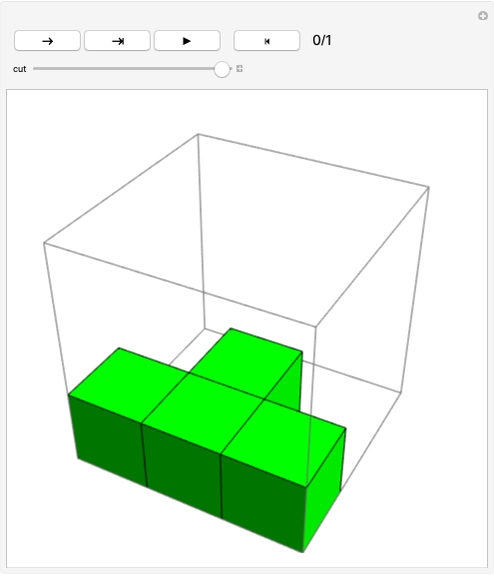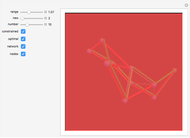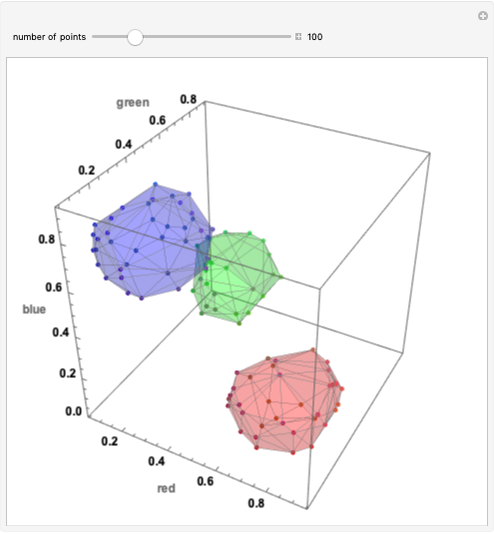Cluster Coloring in Machine Learning
Initializing live version

Requires a Wolfram Notebook System
Interact on desktop, mobile and cloud with the free Wolfram Player or other Wolfram Language products.
Clustering is an important tool for unsupervised machine learning. Examples of clustering often start with a description of a contrived dataset to give some intuition as to why the clusters should end up as they do. Colors need no such description; we know if something is reddish or a shade of blue.
[more]
Contributed by: John Hurley (November 2019)
Open content licensed under CC BY-NC-SA
Details
Snapshots
Permanent Citation






